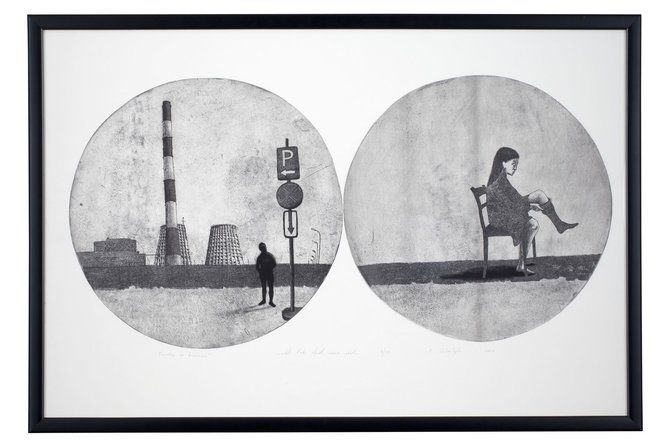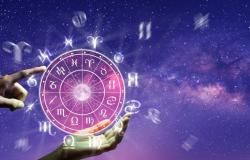These works are part of the European Parliament’s art collection, which consists of over 500 works.
The head of the European Parliament office in Lithuania, Daiva Jakaitė, recalls that the selection of the collection in Lithuania was one of her first tasks, which surprised her greatly.
“I had to dive into a completely new and quite distant area of daily life in the EU – the world of artists and the art market, and find professionals who would help. In cooperation with the Lithuanian National Art Gallery, and with the special help of its director Jolita Jablonskiene, we invited representatives of Lithuanian art to offer their works”, says D. Jakaitė.
In the then premises of the European Parliament’s office in Vilnius, on Naugarduka Street, about twenty works of artists were presented, whose photos and brief descriptions were sent to the EP Art Committee. After ten works were selected, and after their purchase was approved by the EP Quaestors and the EP President, the journey of this sensitive and important cargo to Brussels was organized.
European Parliament/A. Griškevich’s painting “Before the sun rises” (2008), EP office in Helsinki.
EP art curators drew attention to Algis Griškevičius’s painting “Before sunrise”, which depicts a colorful attraction without visitors. The annotation of the painting states that this captures a moment of emptiness and silence, and the deserted playground without the crowd’s laughter and celebration becomes a nostalgic memory.
One of the most memorable works of the European Parliament’s art collection is the Eurovista wall installation, a joint work of architect Leonard Vaitis and sculptor Leonas Pivoriūnas. It is distinguished by the fact that it is made of crushed banknotes of the currencies of twelve EU countries. Pano was donated to the European Parliament in 2004, and it was ceremonially unveiled in Brussels by the then Speaker of the Lithuanian Seimas, Artūras Paulauskas. Currently, Eurovision can be seen on the ground floor of EP Altiero Spinelli’s palace in Brussels.
In addition to those already mentioned, the European Parliament has works by the following artists: Jonas Gasiūnas, Kęstutis Grigaliūnas (the works of both artists are in the EP Palace in Strasbourg), Rūta Katiliūtė, Vilmantas Marcinkevičius, Birutė Zokaitytė (EP Henry Spaak Palace in Brussels) and Remigius Treigis (EP Altiero Spinelli Palace in Brussels ). Next year, the European Parliament plans to add new works by Lithuanian artists to its collection.
European Parliament/V. Marcinkevičius’ painting “Tired Man” (1998), EP Henry Spaak Palace in Brussels.
The most important purpose of the EP’s contemporary art collection is to capture the European spirit of the times, paying special attention to works that reflect historical events, personalities and the most important theoretical, social or political discourses. When purchasing works, it is assessed whether they represent their era in performance technique, aesthetics and style, and whether their authors are recognized artists. This collection is considered one of the most culturally rich, it represents artists from all EU countries, as well as from Ukraine, Japan, Turkey and other countries.

European Parliament/B. Zokaitytė’s etching “Landscape” (2008), EP Henry Spaak Palace in Brussels
EP art collection in 1980. initiated by its then President Simone Veil. The biography of S. Veil, a survivor of Auschwitz and Bergen-Belsen concentration camps, a famous French political and public figure, the first female President of the European Parliament, deserves a separate story.
Currently, the exhibition “Art in Democracy” is open in the European Parliament, dedicated to the upcoming EP elections, which will be held in Lithuania on June 9, and in all European Union countries on June 6-9. The exhibition is available to visitors by booking a guided tour of the EP Palace in Brussels until 2024. at the end of June and in Strasbourg until 2024. on September 18, and all exhibits of the exhibition can be viewed on a special website.
At the same time, EP offers pedagogical materials for teachers in all EU languages, so the works of the exhibition can be presented in the school classroom.
We invite you to get acquainted with this unique, constantly growing art collection, accumulated over 50 years, embodying the achievements and aspirations of the EU – click here.
Tags: spirit times art collection European Parliament Culture
-







